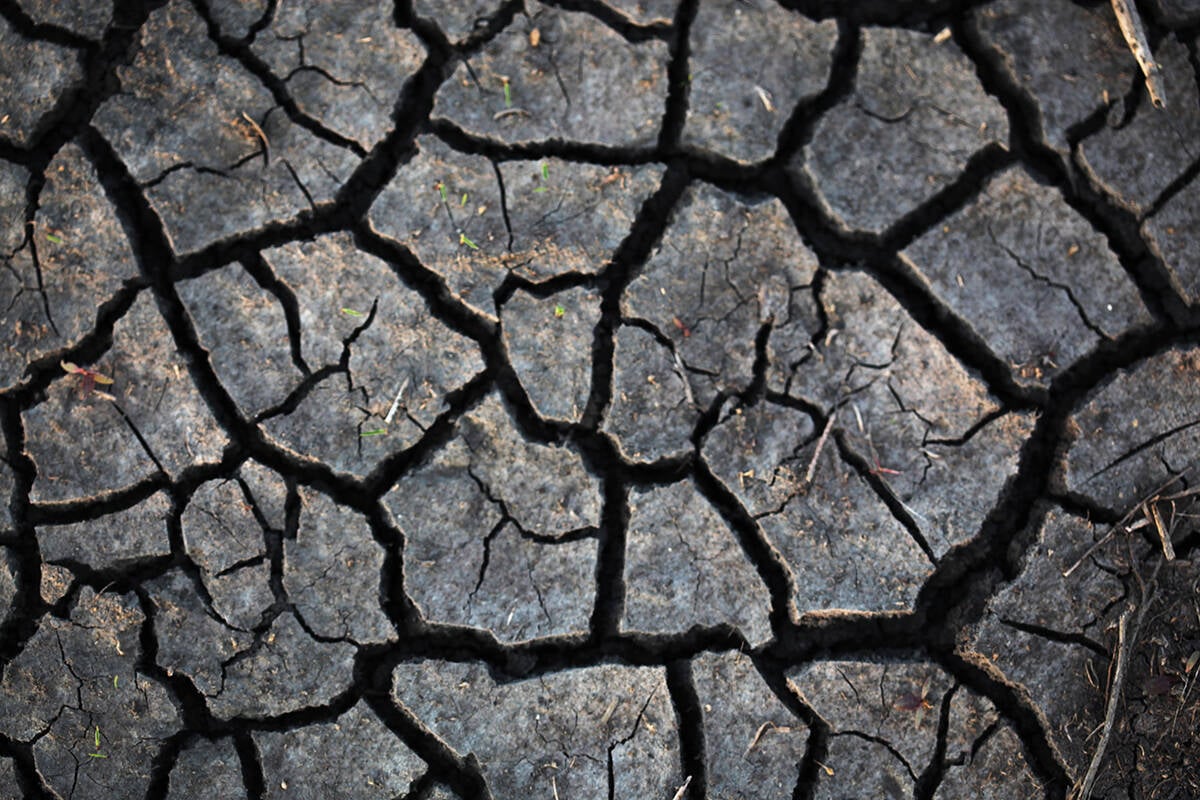A large Indian winter crop is the one thing that threatens to reverse the recent bull run in pulse markets, say analysts.
Seeding of India’s winter crop is ahead of last year’s pace but behind the long-term average.
The Indian government an-nounced attractive minimum support prices for chickpeas and lentils last week in an attempt to boost pulse acres and reduce the sky high prices consumers are paying for the food staple.
However, it remains to be seen how growers respond to the subsidy and what happens with production given poor topsoil moisture conditions and depleted irrigation reservoirs after two consecutive years of disappointing monsoon rains.
Read Also

Prairies have variable soil moisture conditions
The dry weather in the west was welcome for preserving grain quality and advancing harvest, but it has resulted in very dry soil moisture conditions.
Growers had planted 7.1 million acres of pulses as of Nov. 6, which is 19 percent above last year’s pace but 19 percent below the long-term average.
The Indian government an-nounced a minimum support price for chickpeas that amounts to C$19.16 per bushel and one for lentils of $18.61 per bu.
Chuck Penner, analyst with LeftField Commodity Research, thinks the minimum support price will not have as much influence on planting decisions as market prices. Chickpeas are selling for 49 percent above the support price in Delhi.
“If (farmers) get the rains, they see those prices and they’re going to go for it,” he said.
Indian farmers could eventually stop the recent run-up in Canadian pulse prices if they plant a big crop and receive timely rain. Harvest starts in February-March.
It is dry in India, and growers are hesitant to commit to what they’re going to grow, but they can catch up in a hurry if rain comes.
Penner has heard that growers in one key pulse growing area will increase chickpea and lentil planting by 15 to 20 percent from last year if rain comes but could reduce acreage 20 to 30 percent if it stays dry.
“It could really swing pretty widely,” he said.
“I hate to say it depends but it really depends. It depends on weather.”
Marlene Boersch, analyst with Mercantile Consulting Venture, said the chickpea subsidy is 10 percent higher than last year and the lentil subsidy is 11 percent higher. That compares to a five percent increase for wheat and eight percent for rapeseed.
She has not had a chance to compare per acre returns for the crops, but her hunch is that chickpeas and lentils will be near the top of the heap.
“I think there will be some upward pressure on the (pulse) acres,” she said.
Poor topsoil moisture conditions could convince farmers to avoid expensive oilseed crops such as rapeseed and mustard in favour of cheaper pulses.
“We can tell that the deficit is affecting their decisions already,” said Boersch.
Planting of oilseeds is 37 percent below last year’s pace and 43 percent off the long-term average.
However, pulse production won’t necessarily be above average even if Indian farmers decide to plant more chickpeas and lentils than normal.
Rainfall during India’s monsoon season was 14 percent below the long-term average. It was the second consecutive year of substandard monsoons.
Three-quarters of India’s chickpea crop is grown in the states of Madhya Pradesh, Rajasthan and Maharashtra. Three-quarters of its lentils are produced in Madhya Pradesh and Uttar Pradesh.
Monsoon rainfall was 45 percent deficient in Uttar Pradesh and 29 percent below normal in the eastern portion of Madhya Pradesh. It was normal to above normal in most of the other chickpea and lentil growing regions.
Drew Lerner, president of World Weather Inc., said topsoil moisture in all of those states is very short regardless of how much rain they received during the monsoon.
“I would not consider that to be abnormal. I would consider it to be quite typical for this time of the year,” he said.
The winter forecast calls for normal to above normal rainfall for all the key chickpea and lentil growing states except Maharashtra.
However, that doesn’t mean much because it is the dry season and the region may receive only six to 19 millimetres of rain over a several week period.
Some winter crops depend heavily on irrigation, which is cause for concern. Water availability in the country’s 91 major reservoirs as of Sept. 30 was 61 percent of their total storage capacity, down from 77 percent last year. That is also below the 10-year average.
States with reduced storage include the pulse producing states of Madhya Pradesh, Uttar Pradesh and Maharashtra.
Penner isn’t too concerned about the low reservoir levels because pulses are less dependent on irrigation than other crops.
The Indian government has established a target of 20 million tonnes of pulse production in 2015-16 with seven million tonnes in the kharif (summer) season and 13 million tonnes in the rabi (winter) season.
Farmers already fell short of the kharif target, producing an estimated 5.6 million tonnes.
Boersch thinks there is a “very slim” chance of making the 20 million tonne full season target.















